Unnat Bharat Abhiyan
Introduction
The Mission of Unnat Bharat Abhiyan is to enable participating higher educational institutions to work with the people of rural India in identifying development challenges and evolving appropriate solutions for accelerating sustainable growth. It also aims to create a virtuous cycle between society and an inclusive academic system by providing knowledge and practices for emerging professions and to upgrade the capabilities of both the public and the private sectors in responding to the development needs of rural India.
Under the UBA program all Participating Institutes are adopting a cluster of five villages in consultation with Districts Collectors. A letter in this regards has already been circulated to Districts Collectors by MHRD. VESIT adopted a cluster of 5 villages namely as (1) Gargaon (Dabhon) (2) Apti, (3) Asnas, (4) Ambiste Khurd and (5) Aamgaon in Wada Taluka, District Thane
Objectives
a) Productivity :- To increase productivity by cropping intensity and change in cropping pattern leading to higher production and productivity.
b) Socio-Economic Conditions :- To improve socio-economic conditions, create livelihood opportunities and increase food security; well-being of the poorest of the poor.
c) Holistic Development :- To ensure effective participation of the villagers for the holistic development of the village Gargaon by preparing an Integrated Development Plan for the sustainable development of the village using eco-friendly sustainable technologies and local resources, creating sufficient employment opportunities in the process, harnessing multifarious Govt. Schemes.
d) Women Empowerment :- To empower the women through active participation in decision making process, increase income and access to resources.
e) Use of Technology :- To liaison with district administration and gram panchayat institutions to help them to prioritize the fund allocation to various developmental activities and provide necessary inputs on technologies to be implemented in the field.
Steps of preparing Village Development Plan
- Identification of the village and key persons for knowledge input
- Social Mobilization through hamlet meeting and village meeting.
- Conducting primary survey and secondary data collection.
- Analysis of data, identification of problem, issues and potential.
- Interaction with the villagers and conducting Participatory Rural Appraisal (PRA) for the feedback.
- Identification of agricultural mechanism for enhances productivity, available traditional technique for employment generation, increasing rural livelihood, improvement of basic facilities and improvement of quality of life.
- Obtained input from the key persons and preparation of integrated village development plan.
Action Plan
- UBA Cell or committee as per the interest (Faculties and Students) is formed
- Team visited villages with proper discussion with Village people.
- Awareness program is conducted about UBA in every village.
- To report on every visit and copy to IIT Delhi.
- To find out feasible solution for every problem.
- To implementation of planed activity with UBA team.
Grant received :
Total grant received is of Rs.50,000 for survey of 5 villages in year 2019-2020.
Technology Development Proposals
Four Proposals are being sent to the Ministry for funding on Technology interventions based on the
problems identified in villages in year 2020-2021, Estimated costing of each proposal was
Rs.1,00,000.
(1) e-Learning (Dabhon, Gram Panchayat-Gargaon)
(2) Surya Sakshamta: Pragati Ka Sulabh Marg (Ambiste Kh. Village) (This proposal is processed by SEG and waiting at CI.)
(3) Bio Toilet: An Ecological Initiative (Aapti Village)
(4) Installing Sanitary Pad Dispensing and Disposing Machines (Amgaon Village).
Our college got a fund of Rs.50,000 on the date 01/06/2021 for the proposal "Surya Sakshamta: Pragati
Ka Sulabh Marg" out of 4 proposals.
Village where it is to be implemented: Ambiste Khurd, Tahsil- Vada, Dist- Palghar, Maharashtra, India.
Team members of UBA team: Dr.Gresha Bhatia,Mrs.Indu Dokare and Dr.Sushil Dhuldhar
Co-ordinator of UBA team: Mrs.Manisha Joshi.
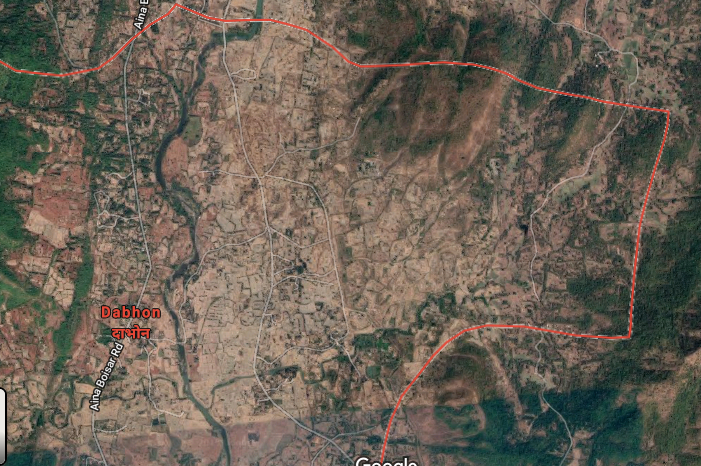
Name : Dabhon, Gram Panchayat- Gargaon, Tal-Vada, Dist-Palghar
Population : 487
No of Families - 102 : M-246 : F-241
Occupation of most of Villagers : Farming
Main crop which they grow : Rice
Closeness to the Institute : 125 km
Caste Factor : - In Dabhon village, most of the village population was Schedule Tribe (ST), very few were Schedule Caste (SC).
Literacy - Most of the villagers were upto 8th standard due to lack of higher education facilities.
Reasons for Selection of this Village
a) It is 125km away from Institute.
b) Backwardness is really high.
c) Huge Scope for Development.
d) Basic needs like Sanitation, Drinking Water, Roads, Education, Clinic/Hospital, Public Toilet, Employment etc.
Summary
- During visit we observe that the literacy rate of the villagers was very poor due to the unavailability of the secondary and higher secondary schools. Secondary schools are located at a distance of 5Km and Higher Secondary at distance of 20 Km approximately.
- Only two schools offering secondary and higher secondary education is available in a radious of 20 Km around the village. Number of seats/ sections available in these two schools are limited due to non-availability of teachers. So very few students get admission in secondary and higher secondary but large number of students are forced to discontinue their education due to which child marriage has been observed. Hence literacy in the village is very poor and as well as the employment.
- There is crisis of drinking water and water for daily needs throughout the year due to which they are forced to drink unhygienic river water, hence skin diseases and other diseases related to water are rampant.
- Due the unavailability of water they crop only Rice during monsoon, rest of the year land remains unutilized. There is no awareness of scientific techniques of farming.
- Transportation facilities connecting to nearby villages/towns are not adequate. This has affected the education and employability of village.
- During the visit the team spread awareness about harmful effect of plastic and hygiene and various other important parameters and also distribute the cloth bags.
Development Plan
1) More section for Higher education in Gargaon can be facilitated to overcome the problem of secondary/higher education or e-learning facilities can be provided.
2) Since the stamina/health of the people is very good and having lot of potential, they can be trained for the sports like Kabaddi and Kho- kho so that they can make their career in this domain.
3) School children may be sensitizing through special classes/quiz /competition etc.
4) To promote the Secondary education in village, students those who are really good in study can be provided bicycles with the help of gram-panchayat so that they can reduce travel time and concentrate on their study.
5) Campaign for creating awareness about hygiene and sanitation with the help of nearest Govt. medical Sub centre.
6) Water pumping from the river and Purification system for water in village can be set up so that the problem of drinking water and for farming the different crops(like vegetables etc.) can be facilitated in this way they can earn money by selling the vegetables and can also utilized the land. It has to be according to the population and finance.
7) Technical solutions such e-marketing, social media marketing can help the SHG group for marketing and improve their business.
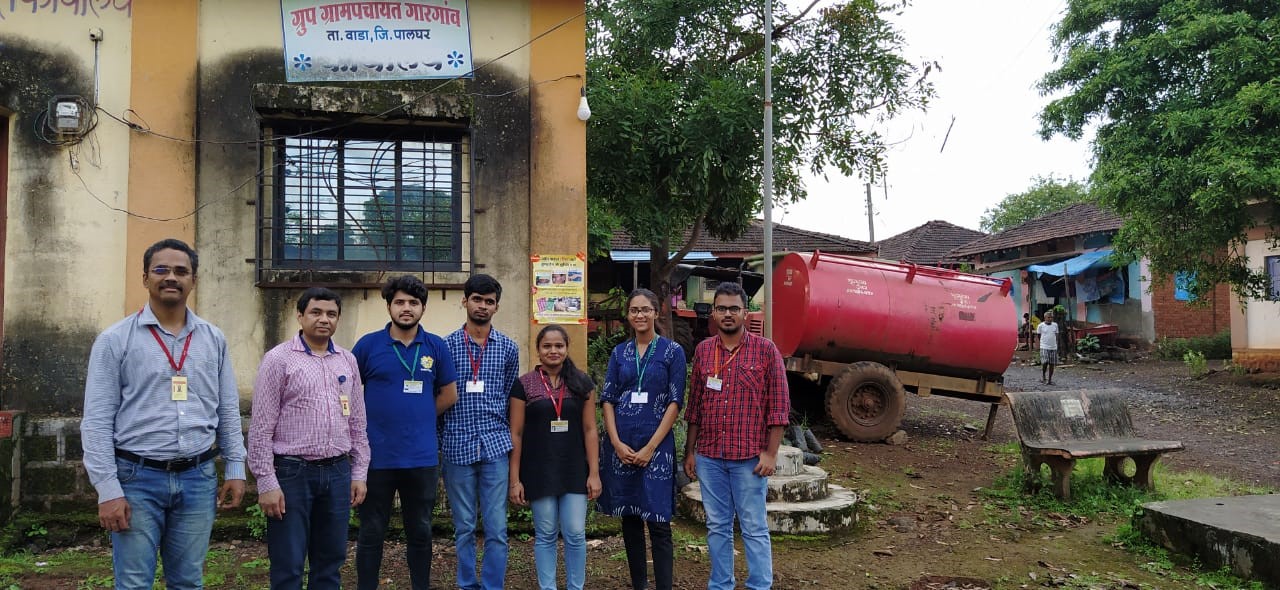
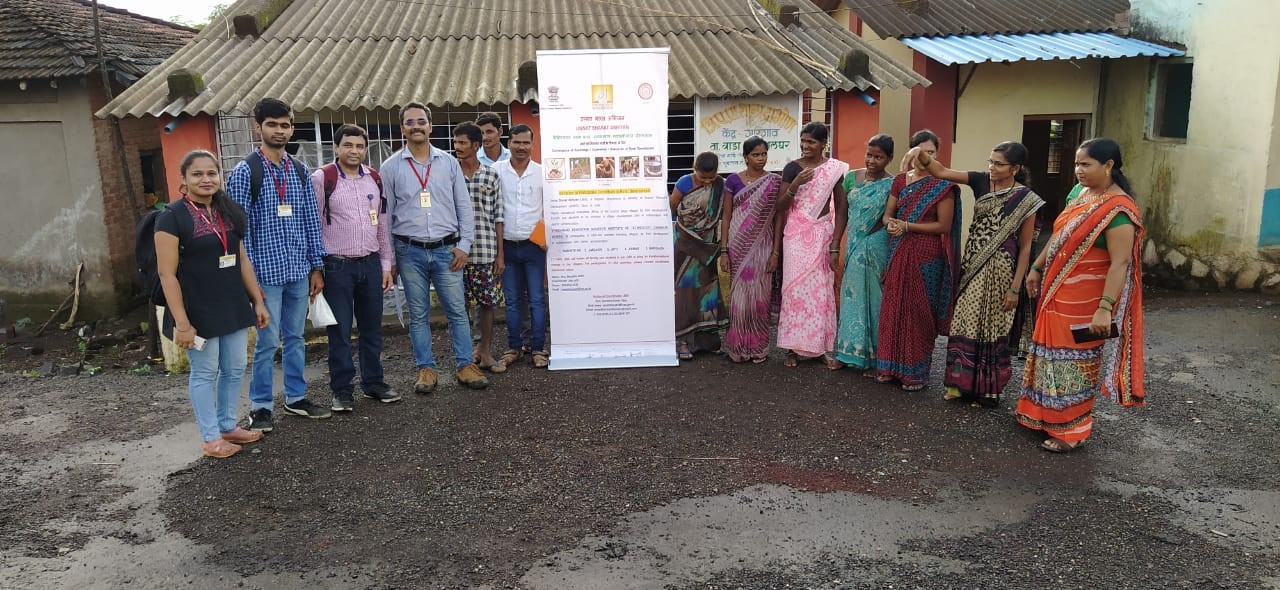
Team Members Visited to Gargaon (Dabhon)Village
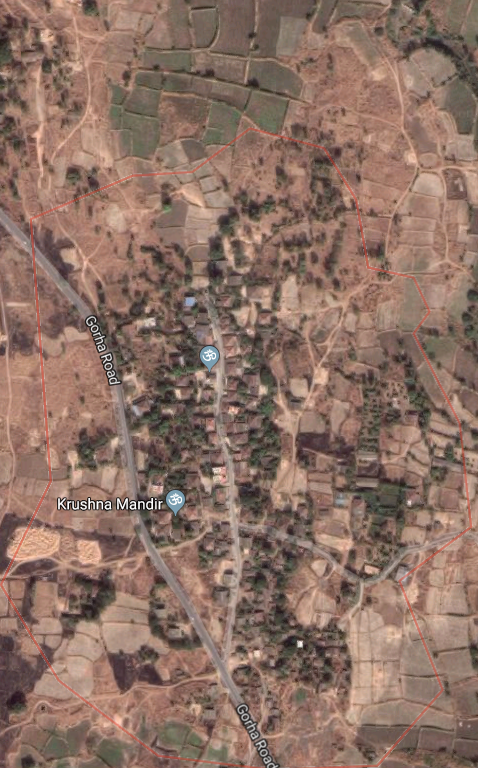
Locality Name : Apti
Taluka Name : Wada
District : Thane
State : Maharashtra
Region : Konkan
Division : Konkan
Elevation/ Altitude: 102 meters. Above Seal level
Literacy - Most of the villagers were upto 8th standard due to lack of higher education facilities.
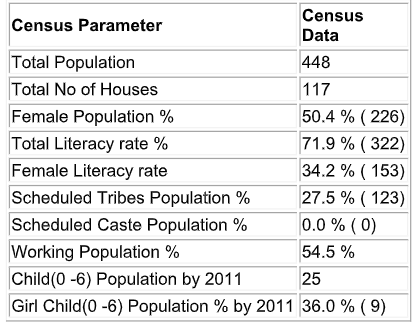
Reasons for Selection of this Village
a) It is 80km away from Institute.
b) Backwardness is really high.
c) Huge Scope for Development.
d) Basic needs like Sanitation, Drinking Water, Roads, Education, Clinic/Hospital, Public Toilet, Employment etc.
Summary
- The visit was a huge learning experience for all the students. The objectives that were laid down for the visit were by and large met.
- The most important benefit of the visit was that we got overall idea about current situation of development in Apti.
- The food, weather and surroundings were different.
- Professors and the students interacted extremely well with the local community as well as adjusted admirably to the rural setting.
- During the visit the students spread awareness about harmful effect of plastic and hygiene and various other important parameters.
- Professors spoke with official staff from government and elected representatives in village
- Overall experience of visit was very nice
Development Plan
1) Cloth bags are distributed and an awareness campaign was organized to aware them about the harmful effects of plastic. Plastic was collected from village and sent for recycling.
2) Working on to find the concrete solution for making potable water available at doorsteps.
3)Planning to conduct an awareness programme for village people about all govt. Schemes & facilities
4) To conduct various literacy programmes to increase the literacy ratio as most of the people are illiterate.
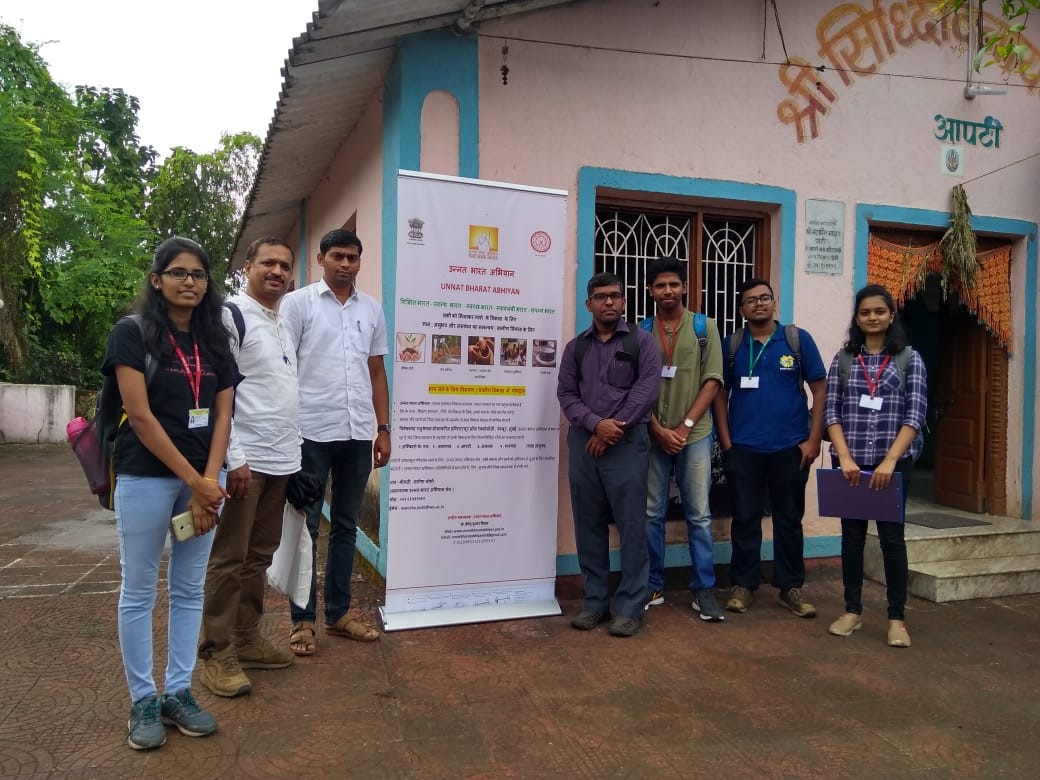
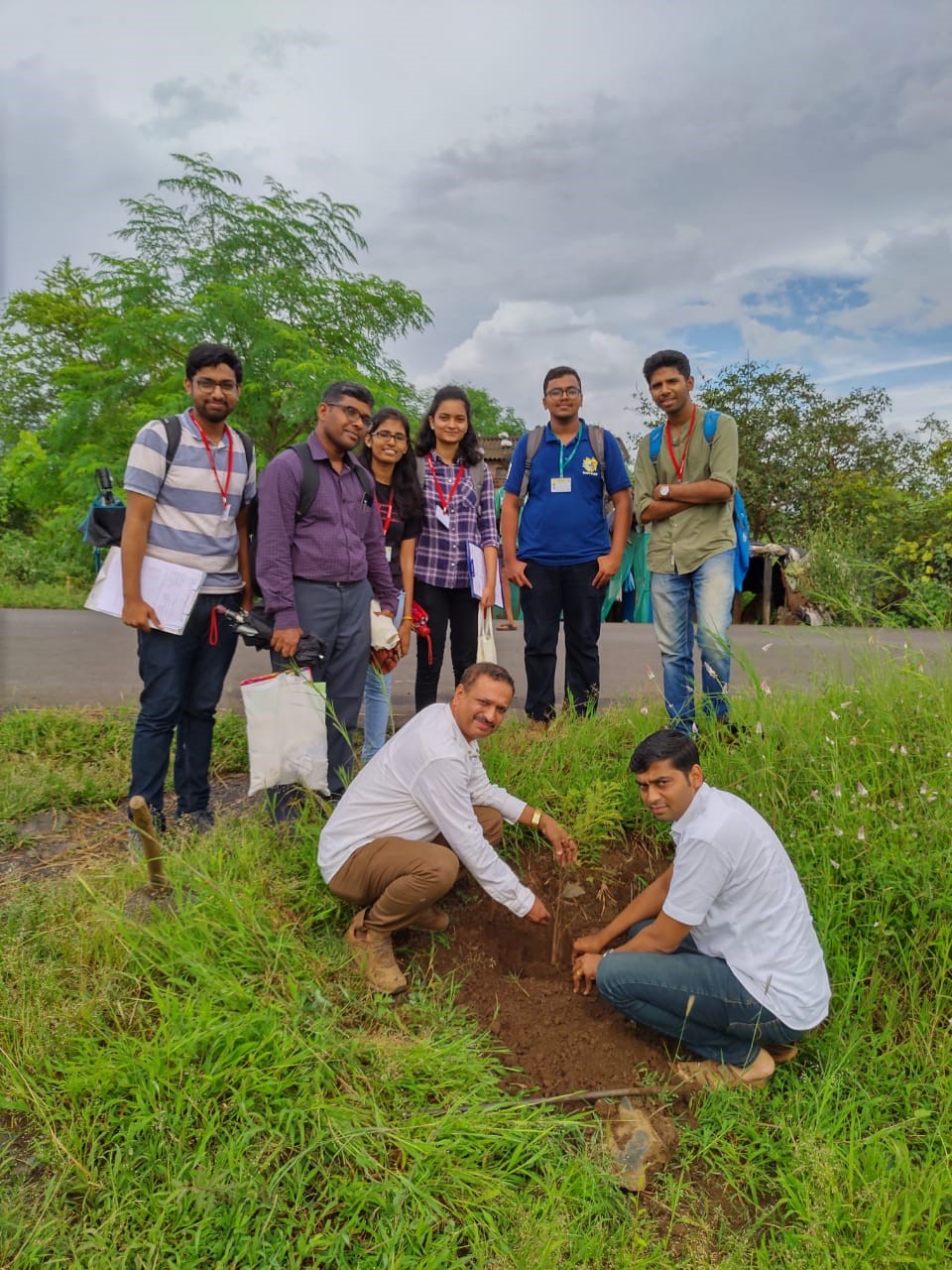
Team Members Visited to Apti Village
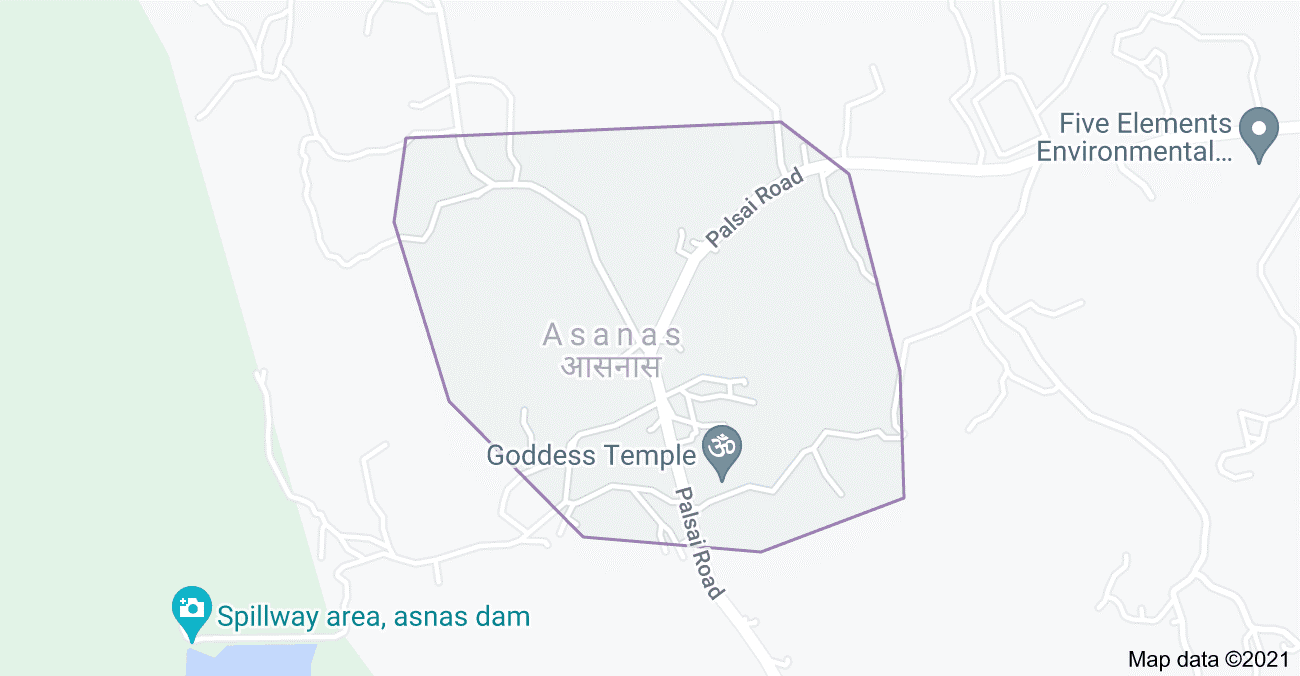
Name : Asnas, Tal-Vada, Dist-Palghar
Population : 2000
Occupation of most of Villagers : Farming
Main crop which they grow : Rice
Reasons for Selection of this Village
a) Backwardness is really high.
b) Huge Scope for Development.
c) Basic needs like Sanitation, Drinking Water, Roads, Education, Clinic/Hospital, Public Toilet, Employment etc.
Summary
- The visit was a huge learning experience for all the students. The objectives that were laid down for the visit were by and large met.
- The most important benefit of the visit was that we got overall idea about current situation of development in Asnas.
- Professors and the students interacted extremely well with the local community as well as adjusted admirably to the rural setting.
- During the visit the students spread awareness about harmful effect of plastic and hygiene and various other important parameters.Cloth bags were distubuted to the local ladies.
- Professors spoke with official staff from government and elected representatives in village
- Overall experience of visit was very nice
Development Plan
1) Purification system for water in village can be set up with the help of institute and NGO. It has to be according to the population and finance.
2) Projectors and computer facilities can be donated to primary school (run by government) in village.
3) Students who are not going to school can be identified with the help of Sarpanch and Primary school teachers in village. We can offer support to these students.
4) LSome income schemes for household ladies can be implemented with the help of some NGOs.
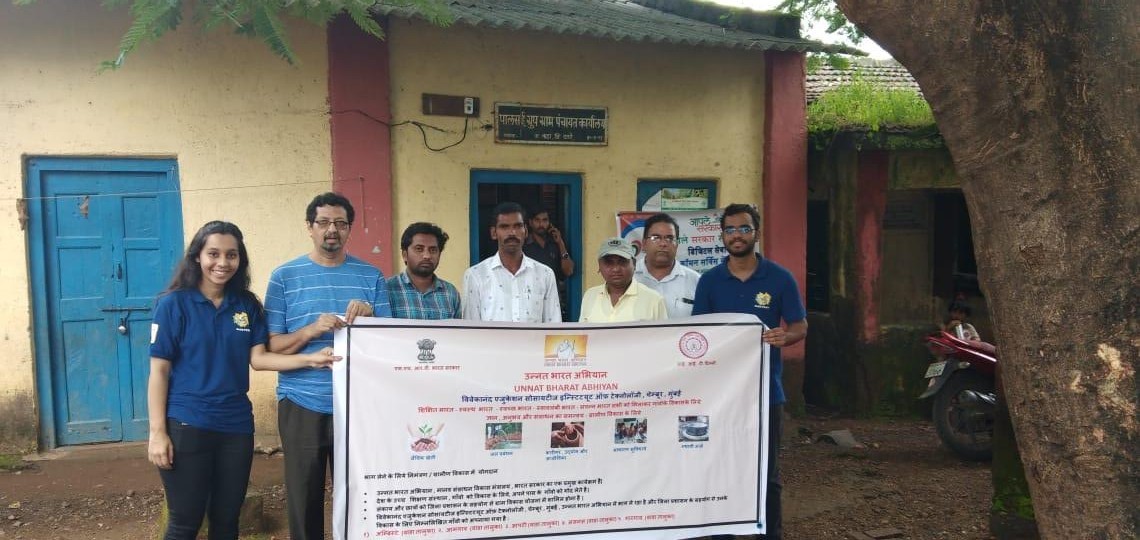
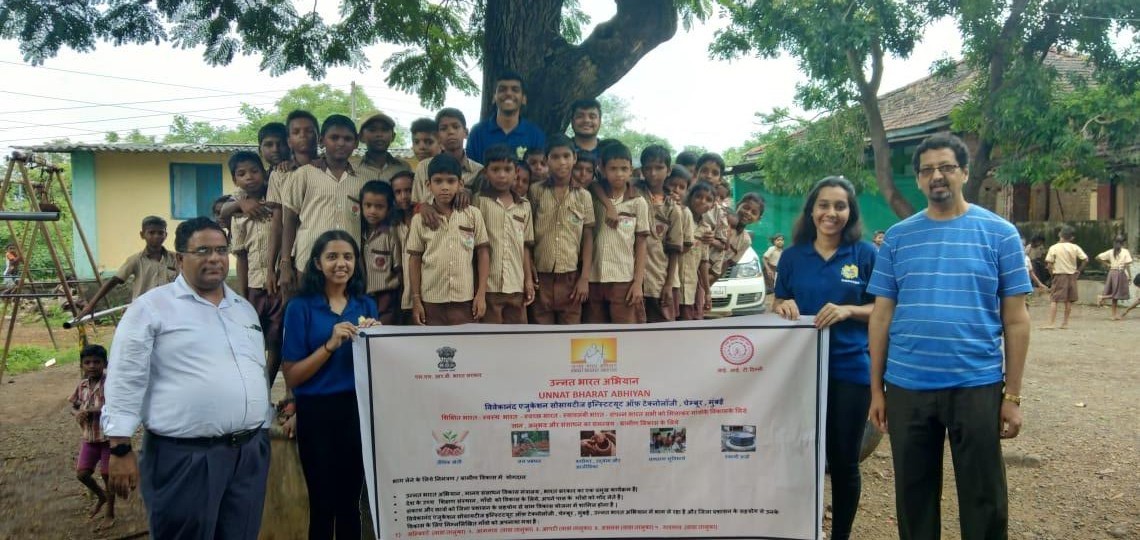
Team Members Visited to Asnas Village

Name : Ambiste Khurd, Tal-Vada, Dist-Palghar
Population : 1311
Occupation of most of Villagers : Farming
Main crop which they grow : Rice
Closeness to the Institute : 113 km
Reasons for Selection of this Village
a) It is 113km away from Institute.
b) Backwardness is really high.
c) Huge Scope for Development.
d) Basic needs like Sanitation, Drinking Water, Roads, Education, Clinic/Hospital, Public Toilet, Employment etc.
Summary
- The visit was a huge learning experience for all the students. The objectives that were laid down for the visit were by and large met.
- The most important benefit of the visit was that we got overall idea about current situation of development in Ambiste Khurd.
- The real situation was worse than we expected.
- The food, weather and surroundings were different.
- Professors and the students interacted extremely well with the local community as well as adjusted admirably to the rural setting.
- During the visit the students spread awareness about harmful effect of plastic and hygiene and various other important parameters.
- Professors spoke with official staff from government and elected representatives in village
- Overall experience of visit was very nice
Development Plan
1) Purification system for water in village can be set up with the help of institute and NGO. It has to be according to the population and finance.
2) Projectors and computer facilities can be donated to primary school (run by government) in village.
3) Students who are not going to school can be identified with the help of Sarpanch and Primary school teachers in village. We can offer support to these students.
4) Library can be set up in village. We can donate book to this library, which ultimately will help students and villagers.
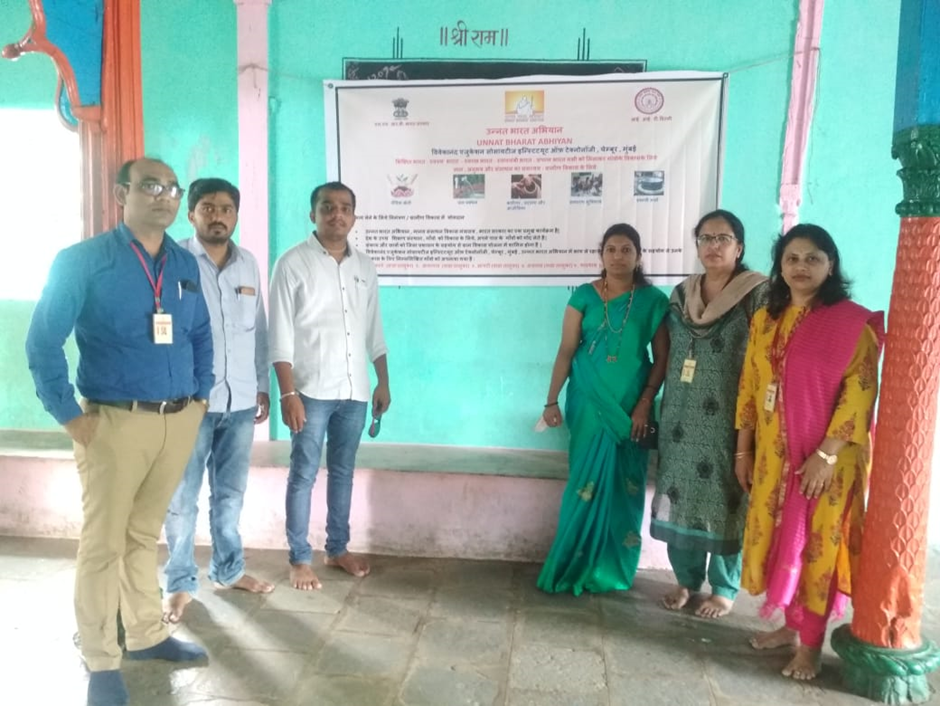
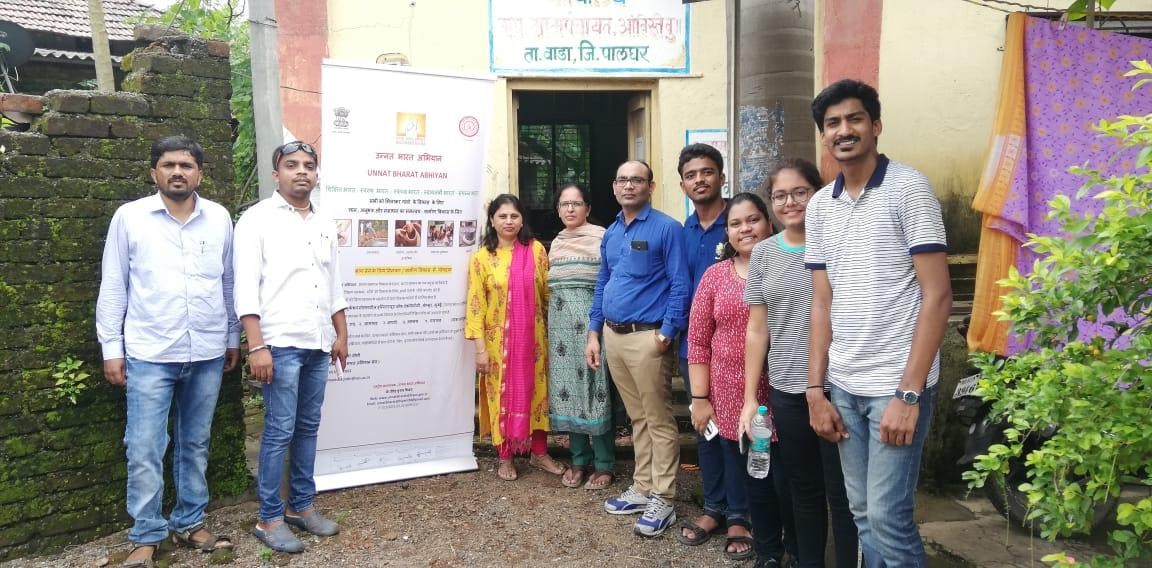
Team Members Visited to Ambiste Khurd Village
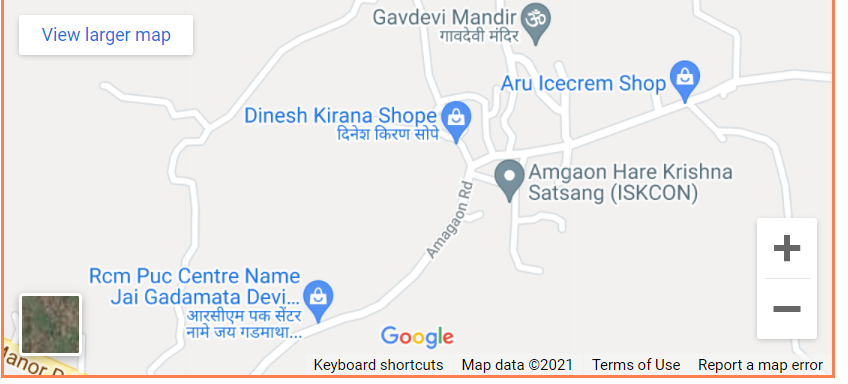
Name : Aamgaon
District / State : Palghar, Maharashtra
Population : 1328
Summary
The survey of 90 villagers was conducted successfully. After a brief discussion with all the team
members, we mapped out the positives of the village:
- Availability of water was the major issue in most areas since the sources of water were almost a kilometer to two kilometers away from their homes and hardly a few of them had tap water at their homes. For irrigation, their only source of water was the rain.
- Electricity was available for only a few hours every day and was intermittent with no fixed timings of power cuts. Two padas specifically mentioned that the transformer was not working.
- Lack of proper education and schooling. No middle and secondary schools
- No hospital, clinic or veterinary services.
- Solar lamps were available all around the village but none of them had battery maintenance so they were not working at all. No street lights were there on road.
- Most of them were unaware of the Yojnas or schemes by the government of India excluding Swachh Bharat Mission Toilet and PM Awas Yojana which was again, known to a few.
- The village lacked a drainage system altogether.
- Lack of female hygiene.
Development Plan
1) Working on to find the concrete solution for making potable water available at doorsteps.
2) Planning to conduct an awareness programme for village people about all govt. Schemes & facilities.
3) To conduct various literacy programme to increase the literacy ratio as most of the people are illiterate.
4) Trying to find a concrete solution for electricity issue.
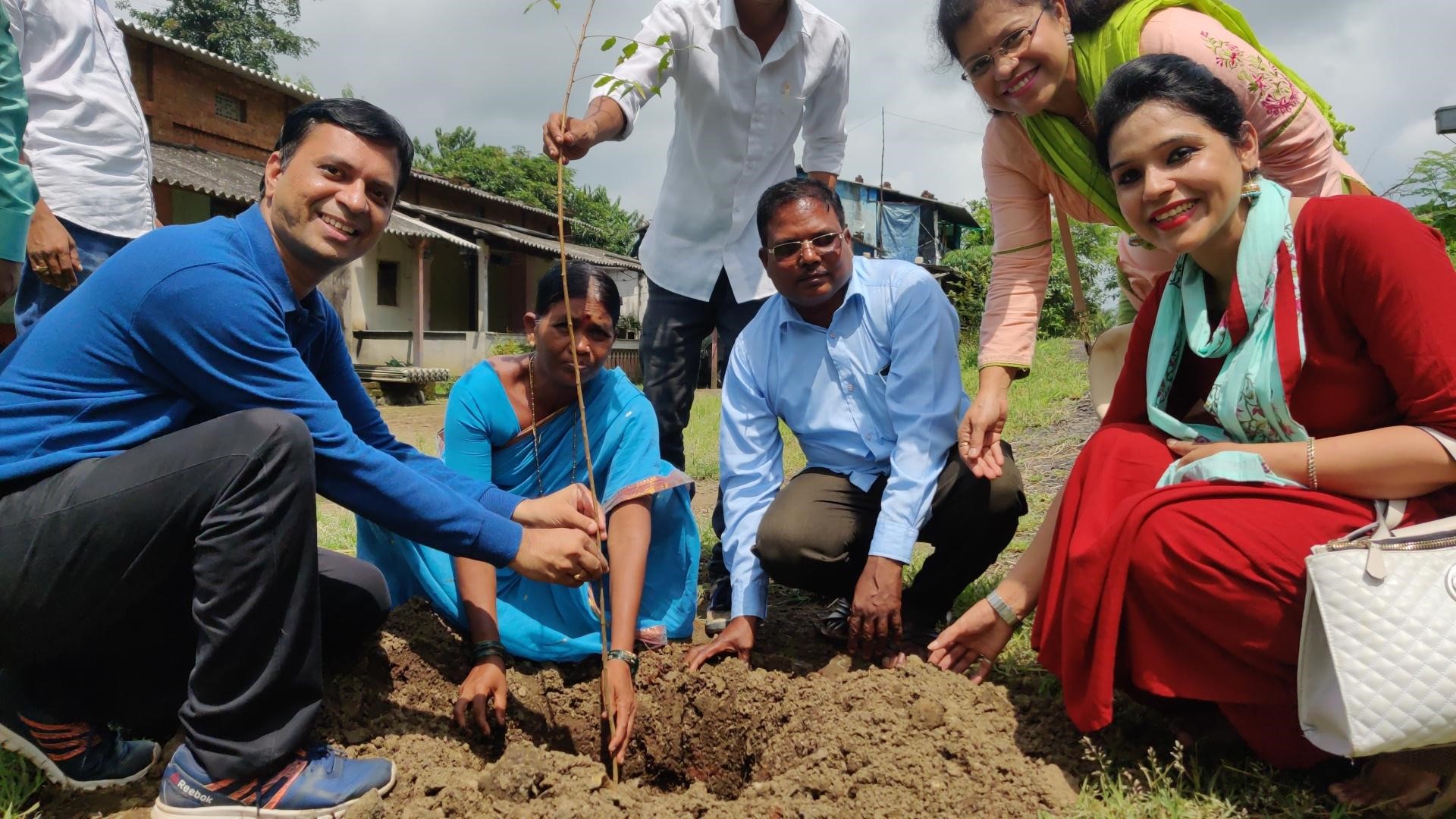
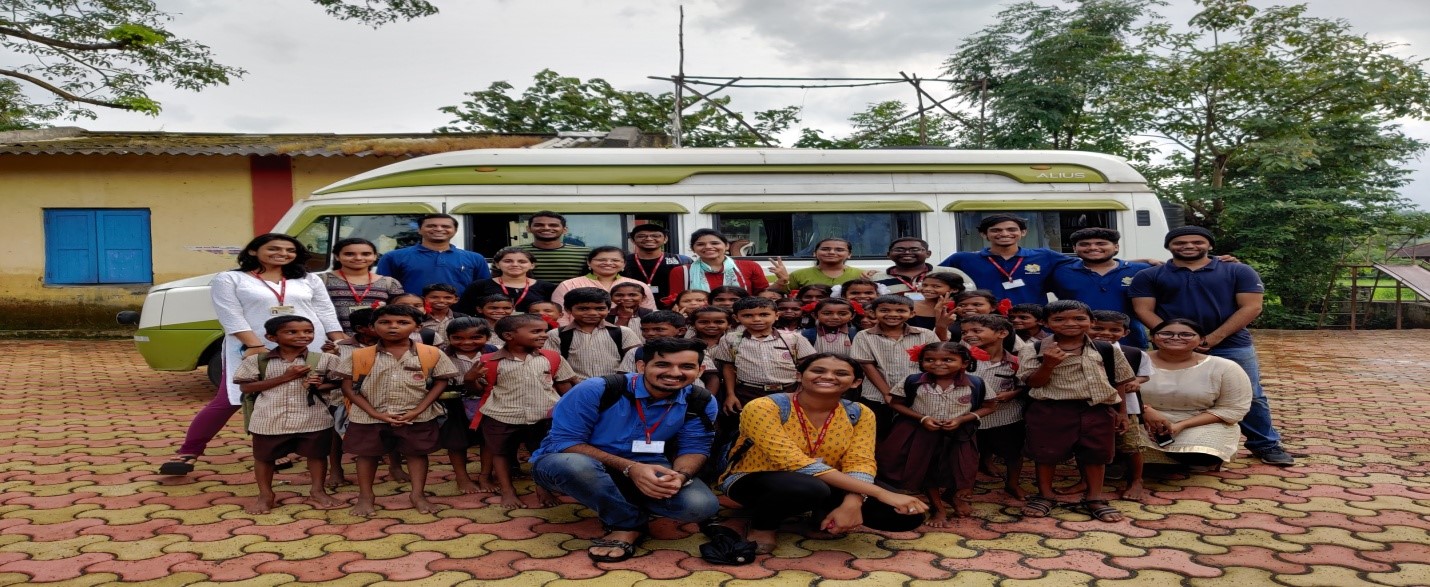
Team Members Visited to Aamgaon Village
| Sr.No | Name | Responsibilities |
|---|---|---|
| 01 | Mrs Manisha Joshi | Co-ordinator |
| 02 | Dr.Gresha Bhatia | Faculty Member |
| 03 | Mrs.Indu Dokare | Faculty Member |
| 04 | Dr.C.D.Rawat | Faculty Member |
| 05 | Dr.Saylee Gharge | Faculty Member |
| 06 | Dr.Manoj Sabnis | Faculty Member |
| 07 | Mr.Abhay Kshirsagar | Faculty Member |
| 08 | Mr.Yogesh Pandit | Faculty Member |
| 09 | Mr.Gopal Krishnan | Faculty Member |
| 10 | Mr.Kader Shaikh | Faculty Member |
| 11 | Dr.Shivkumar Goel | Faculty Member |
| 12 | Dr.Pooja Kundu | Faculty Member |
| 13 | Dr.Sushil Dhuldhar | Faculty Member |